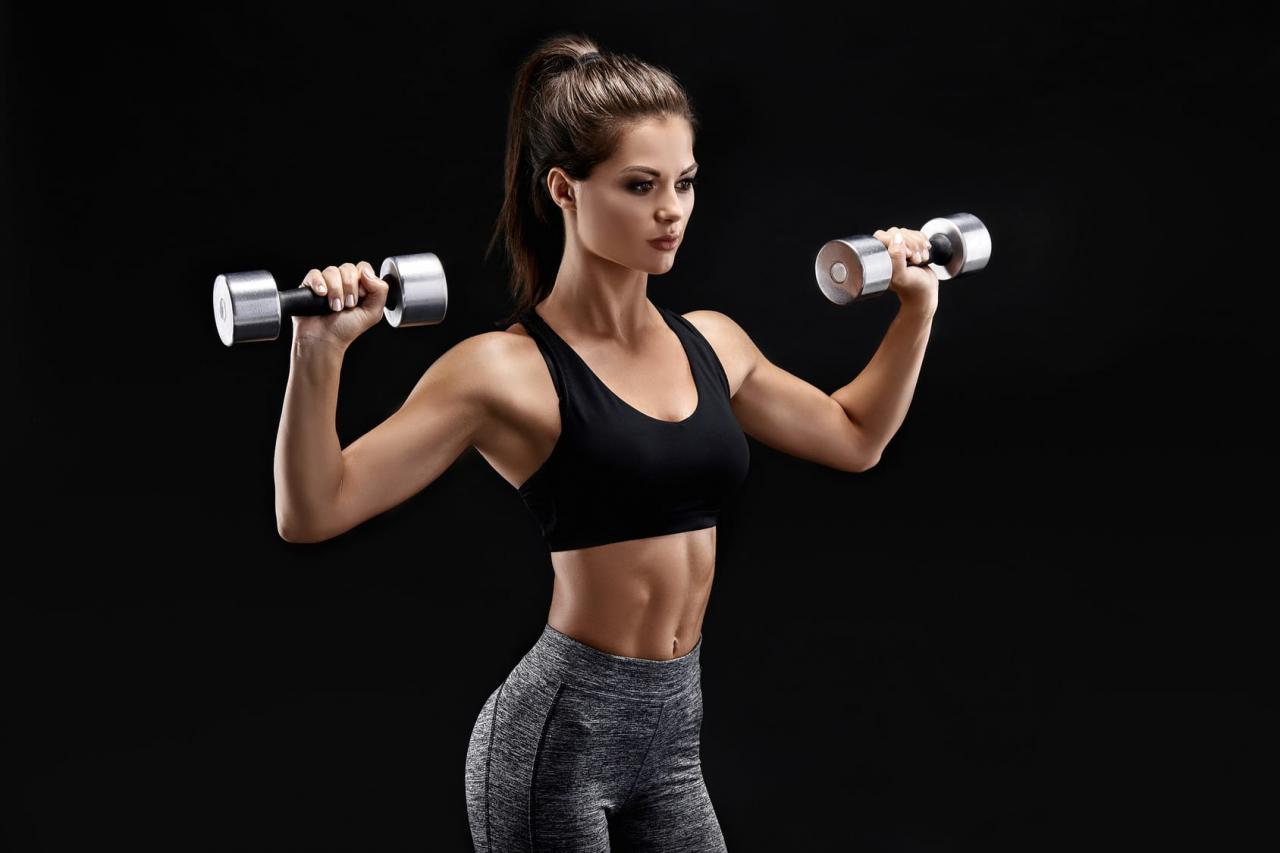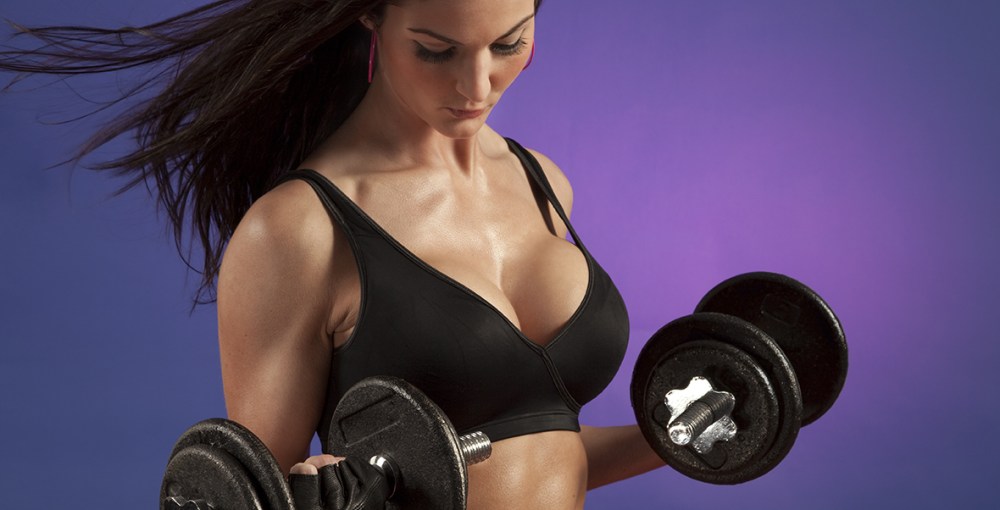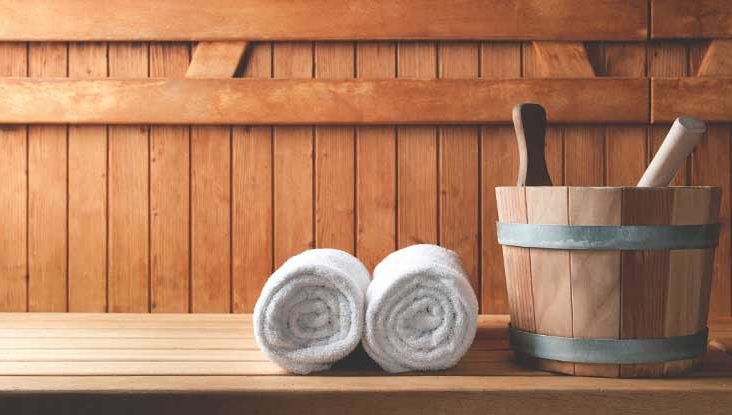Breasts are a sensitive and fascinating subject. Also from a women’s perspective. And, as is so often the case with women, it’s usually about size. Especially with active women, everything revolves around the question: Will the breasts get bigger or even smaller through muscle building and strength training?
In this article we clarify whether women’s breasts can grow through regular exercise or whether dieting or excessive fat burning can even lead to a loss of the established cup size. And let’s be honest – who wants that?

The female breast – impressive anatomy
Before we can deal explicitly with the effects of strength training or dieting on the size of the breasts , let’s first venture a little digression into the anatomy of the female breast. Even if a superficial examination is enough for most women, it can’t hurt if a woman knows what she’s been putting off all day, right?
So let’s take a look at our clear graphic. Even if we have deliberately omitted some anatomical details for the sake of clarity, the basic structure of the female breast should be quite clear:

At this point we are really only interested in two anatomical aspects: the fatty tissue and the pectoral muscle, which is made up of the pectoralis major muscle and its little brother, the pectoralis minor muscle composed.
The only thing that is really interesting is the fact that the pectoral muscle lies between the chest wall, ribs and fatty tissue. And as you may know, the primary part of your breast is made up of adipose tissue and glandular tissue. You can now see that positively or negatively, depending on what you want to do with your breasts. But why is this fact so important? Wait … it’s coming soon.
Concern for breasts, diet and muscle building
Pretty much every woman who has not been gifted with an impressive bust size by nature or through talented surgical hands sooner or later worries about the remaining bust size. Whereby sooner or later in this case means: diet or strength training.
This fear is understandable if you consider that a diet is usually aimed at absolute fat burning . From a genetic point of view, women also have a real disadvantage here compared to their male counterparts, if you consider that the fat in women (felt) always disappears first where it should actually stay and remains where it has no business. A dilemma.
Incidentally, the fact that excessive strength training shrinks the breasts is a widespread myth . In order to be able to correctly assess the effects of muscle building training and fat burning on women’s breasts, we have to “tackle” these two aspects more precisely.
How diet and fat burning affect the size of the breasts

The bad news first. Overall, excessive fat burning really does lead to smaller breasts. On the one hand, this is due to the fact that the female breast consists mainly of fat tissue and a massive breakdown of fat tissue can lead to a visually perceptible loss of volume. On the other hand, the myth of local fat burning does not last. So you can’t just work your abs, arms, or legs if you only want to burn fat there. Fat burning is not a local process, but a complex process that takes place decentrally in the whole organism.
A KFA that is able to compromise between body fat percentage and breast size is the secret to individual satisfaction!
Due to evolution, women have the “advantage” that excess energy is often used as depot fat in predetermined areas such as the thighs, stomach or arms, but from today’s perspective, this phenomenon is probably no longer interpreted by any woman as a real advantage . On the contrary.
Body fat percentage (KFA) and the size of the breasts seem to be directly related at first. What solutions and solutions are available here so as not to endanger the breast size of women when dieting?
- You pay attention to a KFA that does not fall below the mark of 20-30% (depending on the genetic requirements for fat storage). The higher your body fat percentage, the higher the likelihood that the size of your breasts will increase or remain constant
- You reduce your body fat percentage until you have achieved the desired weight loss success. The risk that your breasts will become smaller or shrink is definitely given here
- You strike a middle ground between a KFA that at least does not lead to an explicit decrease in breast size and a KFA that does not stand in the way of your ideal vision of your body. With this method you keep yourself in the middle between a slim, athletic figure and an adequate chest size
How muscle building affects the size of the breasts
How will your breast size behave if you increase the muscle volume under the (existing) fat tissue of your breasts through (proper) strength training as a woman?
Right. Your breasts “grow” or gain volume because the growing pectoral muscle pushes the fatty tissue of the breasts forward . Of course, this effect has its natural limits, which sooner or later will inevitably be reached. That means: Pamela Anderson did not get her amazing bust size through regular breast training, but rather through very good contacts in the branch of “aesthetic” surgery.
So that you can benefit from this natural type of breast augmentation , it is inevitable that you know at least a little bit about the basic training principles. Your (chest) muscle only grows if you stimulate it adequately with adequate stimulation. You also need to maintain a sensitive relationship between burning fat and building muscle. Quite tricky – but not difficult with the right knowledge.
Conclusion – more breasts through exercise and strength training?
In a certain way, you can increase your chest volume through the targeted use of muscle building training. Effective strength training will not necessarily make you the next Baywatch mermaid, but at least the fear of “chest loss” through training the chest muscles is unfounded.
If you want to reduce your breast size , you cannot avoid a smart combination of exercise and nutrition-induced fat burning. Only if you force your body to increase the oxidation of stored fat can the fatty tissue from the breast be broken down sustainably.



